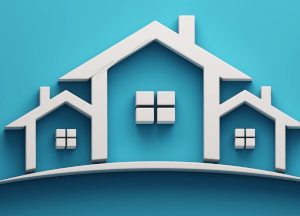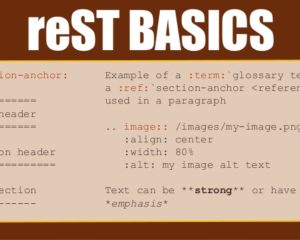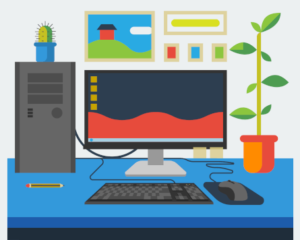Alpine Linux is an independent, non-commercial, general purpose Linux distribution.
Read more
The Linux Portal Site

Alpine Linux is an independent, non-commercial, general purpose Linux distribution.
Read more
Q4OS is a lightweight desktop oriented operating system based on Debian Linux.
Read more
Email remains the killer information and communications technology. Email volume shows no sign of diminishing, despite the increasing popularity of collaborative messaging tools.
Read more
AsciiDoc is a lightweight markup language for writing notes, documentation, articles, books, ebooks, slideshows, web pages, man pages and blogs. It’s a plain text human readable/writable document format that dates back to 2002.
Read more
DocBook is a semantic markup language for writing structured documents using XML (or SGML). It was originally intended for writing technical documents related to computer hardware and software but it can be used for any other sort of documentation. The language is fairly easy to learn; its strength derives from its flexibility.
Read more
reStructuredText (often abbreviated as reST) is an easy-to-read, what-you-see-is-what-you-get plaintext markup syntax and parser system. It’s designed to be a simple, unobtrusive markup language.
This lightweight markup language is useful for in-line program documentation (such as Python docstrings), technical documentation, for quickly creating simple web pages, as well as standalone documents.
Read more
Markdown is a plain text formatting syntax created by John Gruber in 2004. It’s designed to be easy-to-read and easy-to-write.
Readability is at the very heart of Markdown. It offers the advantages of plain text, provides a convenient format for writing for the web, but it’s not intended to be a replacement for HTML.
Read more
Popular Linux distributions for beginners typically default to one of two desktop environments, KDE or GNOME. Both of these environments provide users with an intuitive and attractive desktop, as well as offering all the applications users love, ranging from multimedia software, games, administration programs, network tools, educational applications, utilities, artwork, web development tools and more. However, these two desktops focus more on providing users with a modern computing environment with all the bells and whistles, rather than minimising the amount of system resources they use.
Read more